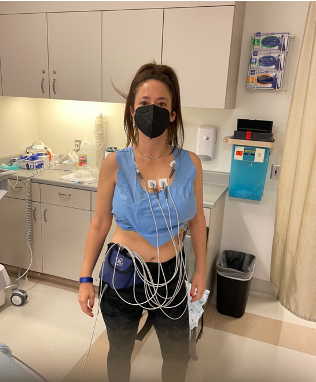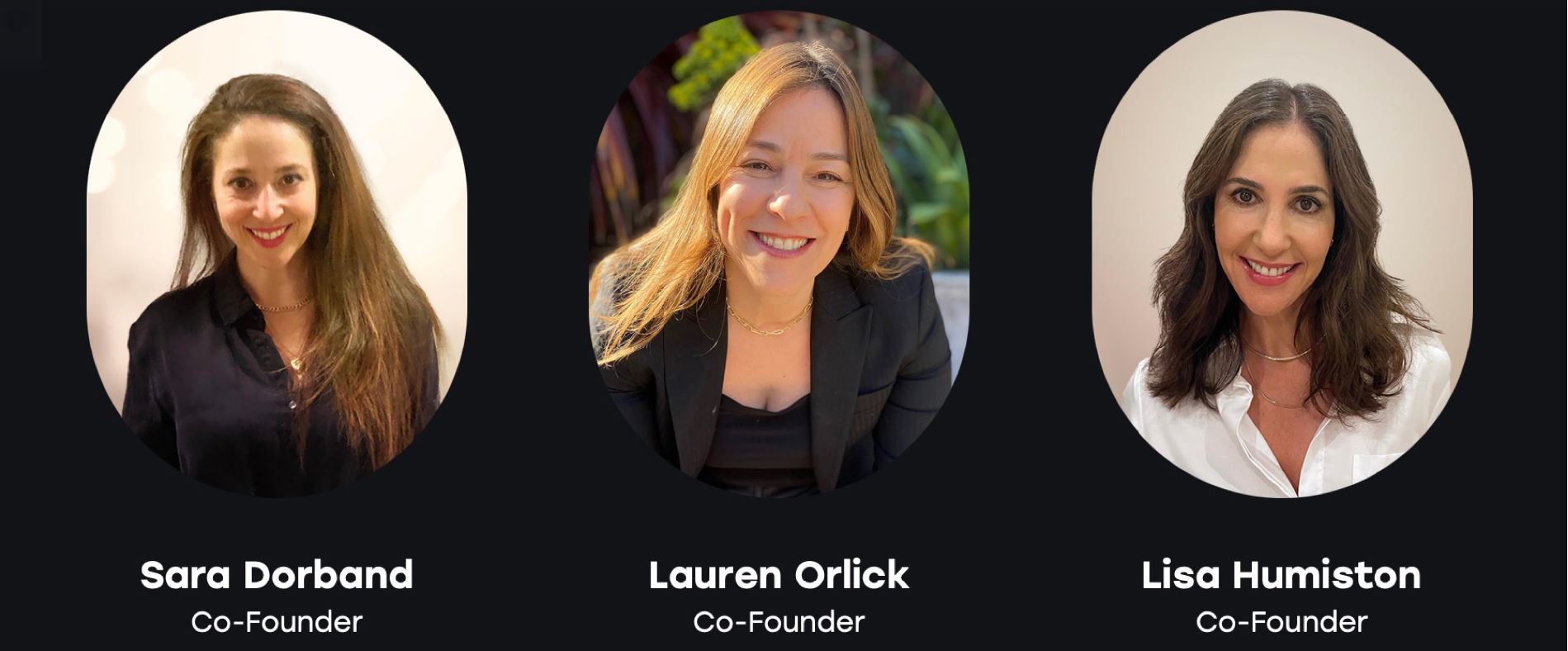As a 46-year-old woman living with complex heart disease throughout my life, my feelings are articulated perfectly in this quote from Congressman John Lewis: “When you see something that is not right, not fair, not just, you have to speak up. You have to say something; you have to do something”.
The desire to create change around the ‘patient experience’ was the driving force in creating HeartSnug – co-founded with my sister Lisa Humiston and my lifelong best friend Lauren Orlick.

I was born with a complex congenital heart defect, and I have experienced the challenges inherent with being subjected to countless cardiac medical exams and procedures. From chest x-rays and ECGs to treadmill tests, I’ve felt the vulnerabilities of having my chest exposed for these tests. My ‘aha’ moment came six years ago while recovering from a minor stroke; how had there been no innovation with medical gowns in all of these years?
Patients have been using the ‘one size fits most’ traditional gown that was created over 100 years ago. When worn open at the front – as often is the case for cardiac, dermatology, and breast cancer screening – it leaves women’s chests exposed for long periods of time. While this may be necessary for medical testing and procedures, we knew we could create something that could provide patients with additional coverage without interfering or impacting their care. It became our mission to redefine standards in healthcare attire to ensure patients were comfortable throughout their procedure or testing.
There had been so many exciting medical advancements with treatment and care outcomes, but not with medical garments. After all 51% of the population in England and Wales is female and we are all patients; it was time to elevate the patient experience for women (1).
Repeated research demonstrates that patients express dissatisfaction with attire in healthcare environments, yet many feel uncertain about advocating for improved options. In a Lancet study from 2019 entitled “exploring the effect of the hospital gown on wellbeing,” four themes emerged:
– Loss of Health identity
– Symbolic embodiment of the sick role
– Relinquishing control of the medical professionals
– Vulnerability, disempowerment, and embarrassment
The study found that the status quo of the current healthcare attire left patients feeling exposed (72%), self-conscious (60%), and uncomfortable while wearing a hospital gown (57%).
We created HeartSnug in hopes that all women could go to doctor’s appointments and undergo medical procedures feeling physically and mentally a bit less vulnerable.
HeartSnug’s goal is not to replace the existing gown but rather to compliment the existing gown. We designed our garment to be incorporated seamlessly during the examination experience. The adjustable front Velcro closure and elastic band at the bottom provide access to the chest area and support. Additionally, the sports-bra design, which is made from breathable fabric, is x-ray safe which means it can be worn in MRIs.

HeartSnug’s objective is to get our chest garment in the hands of as many women as possible as our core value lies in equity and accessibility for all. I know a medical disposable bra like HeartSnug would’ve been an invaluable tool for me throughout my insecure teen years at cardiology appointments and now as an adult desiring an extra layer of privacy. Lauren also found much value in using Heartsnug for her aging mother during her cancer battle last year. Her mom felt much calmer and more comfortable during procedures that are awkward and associated with physical exposure and emotional vulnerability. Lisa has two teen daughters – she found that her daughters wearing Heartsnug at their routine doctor’s appointments helped minimize insecurity and vulnerability which ultimately helped nurture open dialogue with their patient provider. We are proud to have created a medical garment that has no only supported ourselves and our families but is now supporting women across the world.
About HeartSnug
We are sisters and lifelong friends who saw a need to provide patients an additional layer of security and privacy in a medical setting. We created HeartSnug in hopes that all women could go to doctor’s appointments, radiation clinics and undergo medical procedures while feeling physically and mentally a bit less vulnerable.
If you would like to learn more about HeartSnug, please follow us on Instagram at @heartsnug

Reference:
(1) https://www.ethnicity-facts-figures.service.gov.uk/uk-population-by-ethnicity/demographics/male-and-female-populations/latest/#:~:text=The%20data%20shows%20that%3A,up%2029.2%20million%20(49.0%25)
Share your idea
Do you have a great idea that could deliver meaningful change in the real world?
Get involved